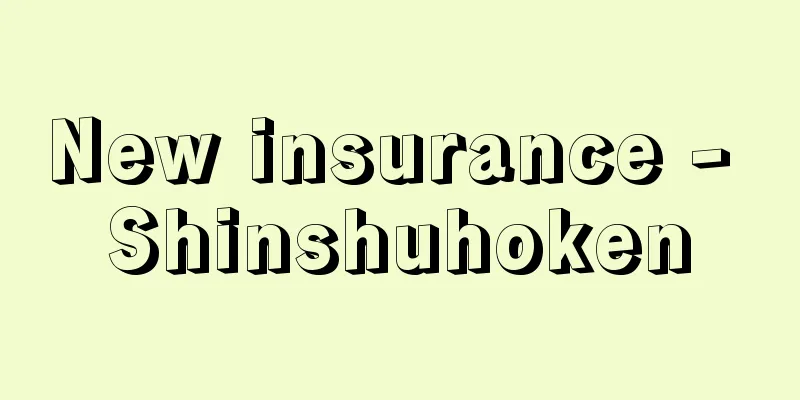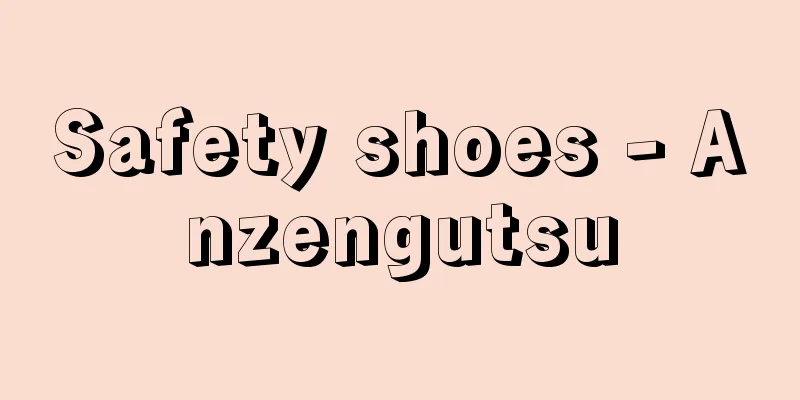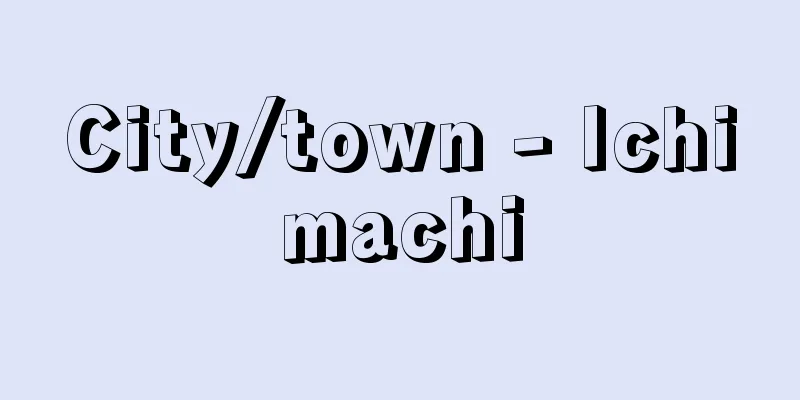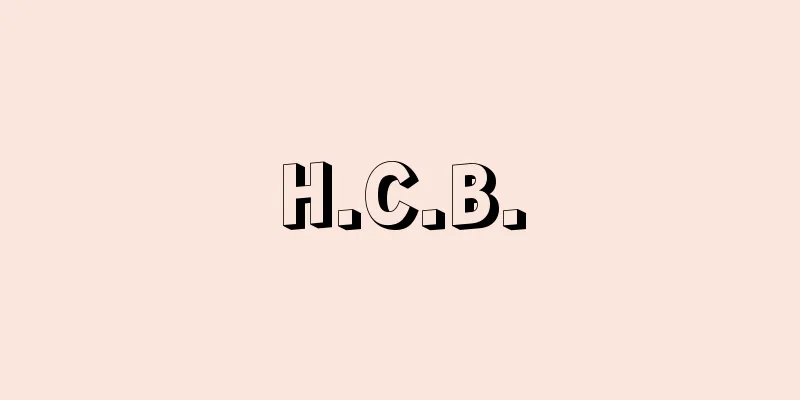New insurance - Shinshuhoken

|
A general term for all types of non-life insurance other than fire insurance, marine insurance, and transportation insurance. The term "new category insurance" is not based on a systematic classification, but is an idiomatic term used by insurance companies in business, and in recent years, automobile insurance and automobile liability insurance are sometimes treated separately. It is sometimes used in the field of life insurance, but in this case it means a new type of life insurance. New category insurance is roughly equivalent to British accident insurance and American casualty insurance, and its origins can be traced back to livestock insurance and theft insurance in 18th century Europe, but its expansion and development have been remarkable in the UK and the US. Therefore, it can be said that Japan's new category insurance was initially mainly introduced from the UK and the US, and was then improved to suit Japanese tastes. The first new type of insurance introduced to Japan was credit insurance in 1904 (Meiji 37). Subsequently, by the end of the Taisho period, engine boiler insurance (1908; now known as boiler and turbo set insurance), personal injury insurance (1911), automobile insurance (1914), theft insurance (1916), glass insurance (1926), and other insurance products were launched, and in the Showa period, aviation insurance (1936) and wind and flood damage insurance (1938) were launched, but before World War II, all of these were overshadowed by fire insurance and marine insurance, and the amount of contracts for these insurance products was negligible. It was after the Second World War that new insurance types made great strides. During the reconstruction period, animal insurance (1947), workers' compensation liability insurance (1949), surety insurance (1951), and other types of insurance were launched. However, during the period of high economic growth from the mid-1950s onwards, each type of insurance showed remarkable growth, including automobile insurance, which grew rapidly along with the wave of motorization. In addition, new risks that had not previously been experienced in economic activity and social life began to appear, and in response to this, automobile liability insurance (1955), machinery insurance (1956), liability insurance (1957), passenger injury liability insurance (1958), construction insurance (1960), atomic energy insurance (1960), and comprehensive movable property insurance (1961) were developed one after another. The content of each type of insurance continued to be improved, and in 1983 (Showa 58), expense and profit insurance was developed. This is insurance that compensates for losses such as expenses already incurred and lost profits when a scheduled event is canceled due to an unforeseen accident. Of the above types of insurance, the most important ones in terms of net income premiums are "automobile insurance," "automobile liability insurance," "personal injury insurance," "liability insurance," "workers' accident compensation liability insurance," "mobile property insurance," "guarantee insurance," and "credit insurance" (please refer to the respective sections for more information on these types of insurance). [Takuji Kaneko] [Reference items] | | |Personal | | | | | | |Source: Shogakukan Encyclopedia Nipponica About Encyclopedia Nipponica Information | Legend |
|
損害保険のうち、火災保険、海上保険、運送保険以外の各種の保険の総称。新種保険という用語は、体系的分類によるものではなく、保険会社が事務上用いている慣用語であり、近年は自動車保険および自動車損害賠償責任保険を別扱いにすることもある。生命保険の分野で使用される場合もあるが、これは新しい型の生命保険という意味である。新種保険は、ほぼイギリスのaccident insurance、アメリカのcasualty insuranceに相当するものであり、起源は18世紀のヨーロッパにおける家畜保険や盗難保険に求められるが、その充実と発展は英米において著しい。そのため、日本の新種保険も当初は主として英米から導入され、それを日本的に改良したものといって差し支えない。 日本に初めて導入された新種保険は、1904年(明治37)の信用保険である。その後大正末期までに機関汽缶保険(1908。現ボイラー・ターボセット保険)、傷害保険(1911)、自動車保険(1914)、盗難保険(1916)、ガラス保険(1926)などの営業が開始され、さらに昭和になると航空保険(1936)、風水害保険(1938)などが発売されているが、第二次世界大戦前はいずれも火災保険や海上保険の陰に隠れ、その契約高も微々たるものであった。 新種保険が大きな発展を遂げるのは第二次世界大戦後になってからである。復興期にも動物保険(1947)、労働者災害補償責任保険(1949)、保証保険(1951)などの発売をみたが、1950年代なかば以降の高度経済成長期になると、モータリゼーションの波にのって急伸した自動車保険をはじめとして、各保険ともそれぞれ著しい伸びを示したほか、経済活動や社会生活のうえで従来経験しなかったような新しい危険が生じるようになったため、これに対応して、自動車損害賠償責任保険(1955)、機械保険(1956)、賠償責任保険(1957)、船客傷害賠償責任保険(1958)、建設工事保険(1960)、原子力保険(1960)、動産総合保険(1961)などが次々に開発された。その後も各保険種目の内容の充実が図られたほか、1983年(昭和58)には費用・利益保険が開発されている。これは、開催を予定していた興行などが偶然な事故によって中止された場合に、すでに支出していた費用や喪失利益などの損害を填補(てんぽ)する保険である。なお、以上の新種保険のうち、その正味収入保険料からみて重要なのは、「自動車保険」「自動車損害賠償責任保険」「傷害保険」「賠償責任保険」「労働者災害補償責任保険」「動産総合保険」「保証保険」「信用保険」などである(これらの保険については、それぞれの項を参照されたい)。 [金子卓治] [参照項目] | | | | | | | | | |出典 小学館 日本大百科全書(ニッポニカ)日本大百科全書(ニッポニカ)について 情報 | 凡例 |
Recommend
Pulley - pulley
A device that changes a small force into a large ...
Costus speciosus (English spelling) Costus speciosus
…[Ichiro Sakanashi]. … *Some of the terminology t...
Hokkaido water flea - Hokkaido water flea
...They are attracted to lights, and on summer ni...
Gulliver's Travels
A satirical novel by British author J. Swift. Pub...
Port Sunlight
...Industrialists soon began to plan new towns th...
Crepidula onyx (Crepidula onyx)
A gastropod of the family Caribogastropodidae. The...
Sats, NI (English spelling) SatsNI
...There were also innovative reinterpretations o...
Baba Tsunego - Baba Tsunego
Journalist. Born in Okayama Prefecture on July 13...
Ugashi
...A town in Uda County, central eastern Nara Pre...
Forsythia japonica (English spelling) Forsythia japonica
… [Mitsuru Hotta]... *Some of the terminology tha...
Ondouchi - Ondouchi
...It is used in the Nichiren sect when chanting ...
Desmidiaceae
…The genus Desmidiaceae grows widely in freshwate...
Gazzaniga, MS - Gazzaniga
...From this, it was presumed that the left brain...
Keyhole-shaped tomb - Zenpoukouhofun
A type of tomb. It has a square front part attache...
Sake Brewing Restriction Act
During the Edo period, the Shogunate imposed restr...









